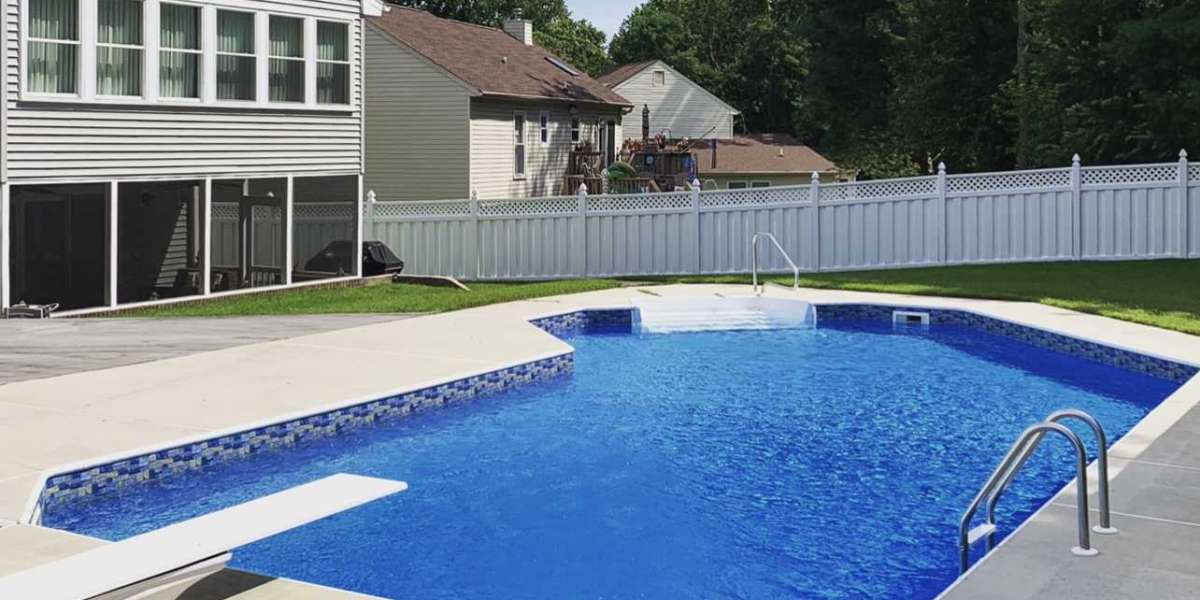Hotel pools are among the most cherished amenities, offering guests a place to unwind, relax, and have fun. However, maintaining a pristine pool is a challenging task for hotel owners. One critical aspect of pool maintenance is replastering, a process that ensures the pool remains functional, aesthetically pleasing, and safe for guests. If you are a hotel owner or manager, understanding the importance of pool replastering is key to keeping your pool in top condition.
Why Replastering is Necessary for Hotel Pools
Over time, the surface of a pool can wear down due to constant exposure to water, chemicals, and varying temperatures. The plaster, which serves as the pool's interior surface, is designed to last for several years, but it doesn't last forever. When the plaster starts to show signs of damage such as cracks, discoloration, rough patches, or peeling, it is time to consider replastering.
Several factors can contribute to the deterioration of pool plaster, including:
- Chemical Imbalance: Pools are treated with various chemicals like chlorine, which can erode the plaster over time. Regular chemical imbalances can exacerbate the issue.
- High Traffic: Hotel pools experience high traffic, with many guests swimming throughout the year. This constant usage increases wear and tear on the plaster surface.
- Environmental Factors: Weather conditions, such as intense sun, rain, and fluctuating temperatures, can affect the longevity of the pool’s surface.
- Aesthetic Appeal: As plaster ages, it loses its visual appeal. Faded or chipped plaster can make the pool look neglected and uninviting.
Replastering restores the pool's smooth surface and enhances its aesthetic, ensuring it remains an attractive feature for guests. It also extends the pool’s lifespan and improves water quality by eliminating areas where bacteria could thrive.
Signs Your Hotel Pool Needs Replastering
Recognizing the signs of wear and tear is important for any hotel owner or manager. Here are some of the most common indicators that your hotel pool may need replastering:
- Cracks or Chips: Small cracks or chips may appear in the plaster, often due to movement in the pool structure. These can worsen over time and cause larger problems.
- Rough Surfaces: As plaster ages, it can become rough and uneven, leading to uncomfortable experiences for swimmers.
- Discoloration: A significant discoloration or staining of the pool surface can occur from chemical imbalance or exposure to the sun.
- Peeling or Flaking: The plaster may start to peel off or flake, creating unsightly patches that could make the pool unsafe and difficult to maintain.
- Excessive Calcium Buildup: Over time, calcium deposits can accumulate on the plaster, leading to scaling and a rough texture.
If you notice any of these signs, it is crucial to address the problem before it worsens. Replastering can prevent further damage, avoid costly repairs, and ensure that the pool continues to serve guests in the best condition possible.
The Replastering Process for Hotel Pools
Replastering a hotel pool is a detailed and labor-intensive process that requires expert attention. The process typically involves several key steps, including preparation, application, and curing. Here’s an overview of what hotel owners should expect during the replastering process:
- Drain the Pool
The first step in replastering a hotel pool is draining all the water from the pool. This is a time-consuming process, but it is necessary to expose the entire surface area that needs to be replastered.
- Surface Preparation
Once the pool is drained, the next step is surface preparation. This includes thoroughly cleaning the existing plaster and removing any debris, dirt, or algae buildup. The surface may also need to be sandblasted or acid-washed to remove old plaster and provide a clean base for the new plaster to adhere to. Any cracks or damage in the pool structure are repaired at this stage to ensure a smooth, even surface for replastering.
- Application of New Plaster
Once the surface is properly prepared, the new plaster is mixed and applied to the pool. Plaster for pools typically comes in a mix of cement, sand, and water, with some variations containing marble dust or quartz for added durability. The plaster is spread over the entire surface, ensuring it is applied evenly.
The application of plaster is done in sections to ensure that the surface remains smooth and level. Skilled contractors often use a trowel to spread the plaster and create a consistent finish.
- Curing Time
After the plaster is applied, the pool must be left to cure for several days. During this time, the new surface hardens and bonds with the underlying concrete or gunite shell of the pool. Curing is a crucial part of the process as it ensures the plaster becomes durable and stable. Hotel owners should avoid filling the pool with water during the curing period.
- Refilling the Pool
Once the curing process is complete, the pool is refilled with water. It is important to balance the pool water chemicals immediately to ensure that the new plaster does not degrade prematurely.
- Final Touches
Finally, any finishing touches, such as installing tiles or adding decorative elements, are completed. At this point, the pool is ready for use again, offering a fresh, smooth surface that will enhance the experience of your hotel guests.
Benefits of Pool Replastering
Replastering your hotel pool has several benefits, both in terms of aesthetics and functionality:
- Improved Aesthetics: A fresh coat of plaster gives the pool a clean, bright, and modern appearance, which can make your hotel more appealing to guests.
- Increased Lifespan: Replastering helps extend the life of your pool by addressing underlying issues and preventing further damage.
- Enhanced Safety: Smooth, even plaster surfaces are safer for swimmers, reducing the risk of scrapes or cuts from rough patches.
- Better Water Quality: Fresh plaster helps maintain better water chemistry, preventing algae growth and bacterial buildup.
- Cost Savings: While replastering is an investment, it can save you money in the long run by preventing more expensive repairs caused by neglected pool maintenance.
Choosing the Right Plaster for Your Hotel Pool
When replastering a hotel pool, it is important to choose the right type of plaster. Pool plaster comes in several variations, each offering different benefits. Some common types include:
- Traditional White Plaster: The most basic option, offering a smooth and clean finish.
- Quartz Plaster: A more durable and long-lasting plaster, often with a decorative finish.
- Pebble Tec: A more expensive option that provides a unique, textured surface and higher durability.
- Diamond Brite: A blend of quartz and other materials, known for its smooth texture and resistance to staining.
Consulting with a professional pool contractor will help ensure you choose the best option based on your budget, aesthetic preferences, and long-term maintenance needs.
Conclusion
Hotel Pool Replastering is a necessary and valuable investment that ensures your pool remains inviting, safe, and functional for years to come. By recognizing the signs of wear and tear and understanding the replastering process, you can ensure that your pool continues to be a key feature of your hotel’s appeal. Whether you are looking to improve the aesthetics, enhance guest safety, or prolong the life of your pool, replastering offers numerous benefits that will pay off in the long run.








